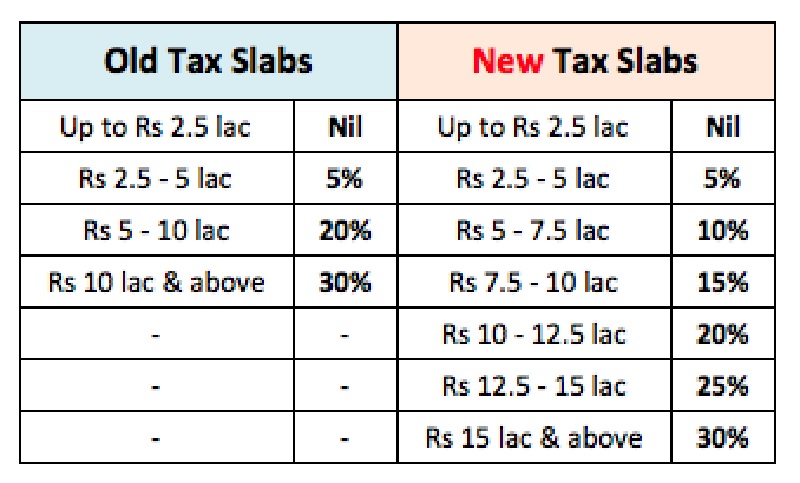[ad_1]
Thomas Abraham
It is that time of the year again in Delhi when publishers, distributors and retailers are rushing around to get everything right from the point of sale to the stock. This is the World Book Fair (WBF), which comes once in every two years spread over the huge halls of Pragati Maidan. This is the 20th edition of the fair, and though there are look-alike people across the country, it is undoubtedly the mother of them all.
In the 1980s and 90s, the Kolkata Book Fair was a fair to visit. But with the withdrawal from the ground, apart from other venue and organizational problems, Kolkata has had to give up its title. Today the Delhi WBF is a gigantic affair, and has gone beyond just a one-of-a-kind retail exhibition.
In fact, no book fair in India would really qualify to be a ‘trade fair’ like Frankfurt or London, where trade and rights deals are the norm. But like the Jaipur Literary Fest, what we lack in focus, or ‘order and method’, we make up for in very small numbers.
WBF is a huge carnival. The last edition had over 800,000 visitors, and organizers are wondering if the million mark will be touched this year, given that Pragati Maidan now has direct metro connectivity and admission is free. Obviously the number of exhibitors has increased from last time to about 1,300. This is still, of course, less than a tenth of the total number of publishers in the country, as estimated by various associations, which have estimated the count to be over 15,000.
month of March
This year, for the first time, WBF dates moved from the traditional late January to early February by a full month. This has been met with some consternation as many publishers felt that it was too late to budget the library, and many schools would have exams, and this may have affected turnout slightly. The jury is out on that – the verdict will be on March 4 when it’s all over.
So what are the trade statistics from the fair? Here’s the rub – there are none. Ironically, for an industry that is witnessing technological change at the same pace as before, and generally an industry that is still coming to grips with management information, there is no reliable data available other than estimates. .
The National Book Trust (NBT) – the organizers of the fair – blames it on the traditional publisher mentality and the archaic notion of ‘business secrets’ where exhibitors do not reveal figures. But even by just conservative extrapolation, assuming an average turnover of Rs 2.5 lakh per participant (incidentally, the big ones top Rs 20 crore), one is looking at a reasonable turnover of over Rs 30 crore in cash sales, which is more than three times that of Rs. is more. Business done from all major bookstores across India in any given week. Business purchases, rights deals, subscription sales, print contracts, and other ‘collateralized businesses’ are on top of this.
Business Right
WBF – the industry indeed – needs to take this to the next level with two days dedicated to ‘trade and rights’. Years ago, the first two hours of the fair were designated every day as business hours where librarians and stockists could browse uninterruptedly, a practice that took off. But if the 9-day fair can be shortened to seven days with two business days for consumers, India may still see that enthusiasm in its rights business, as seen from local-to-international. Rights network is created.
A large swath of India is moving to Frankfurt, but most of them are either English publisher-distributors, headmasters or the remainder are merchants buying surplus stock. The size of the Indian Rights Pavilion is a testament to the fact that our share in rights is negligible.
When was the last time you heard of a translation of an Indian work, the way Wolf-Totem was taken from Chinese or The Devotion of Suspect-X was translated from Japanese? If we build a rights module here within WBF, then to tap the rights potential from Indian languages in translation can be worked out gradually (yes it will take years).
So what purpose does the fair serve? With the boom in online bookstores, does it still have any relevance? I believe it still has great relevance. Quite simply it is at its most fundamental level, the only real direct interface publishers have at their end readers. This is the only time you can really put the range you want in there, and let readers see it as they browse.
For most publishers, the reward for a long exhausting day playing the floor assistant and traffic cop is watching that fanatical fan chase down that obscure book you thought would never sell. The excitement of finding that lost book, the anguish of seeing something over-priced by one’s budget, the awe at the bargain or combo offer… all this happens every day, hour by hour. For readers, this one time you will get to see, touch, lists and the whole series as you can’t anywhere else.
There is convenience online, but overall you need to know what book you want, there are better sites out there, albeit with cross recommendations. This is where a reader can experience that joy of discovery – where he will see the entire series, obscure impressions, rare titles.
Then there are bargains. Fair rules make deep discounts impossible but bargain tables abound with ‘fair prices’ and combination offers. In the nine days of the fair we have the largest bookstore in the world—over a million square feet of books to choose from in every Indian language, lots of foreign languages, and of course, English.
(The author is Managing Director, Hatchet India)
[ad_2]
Source link



